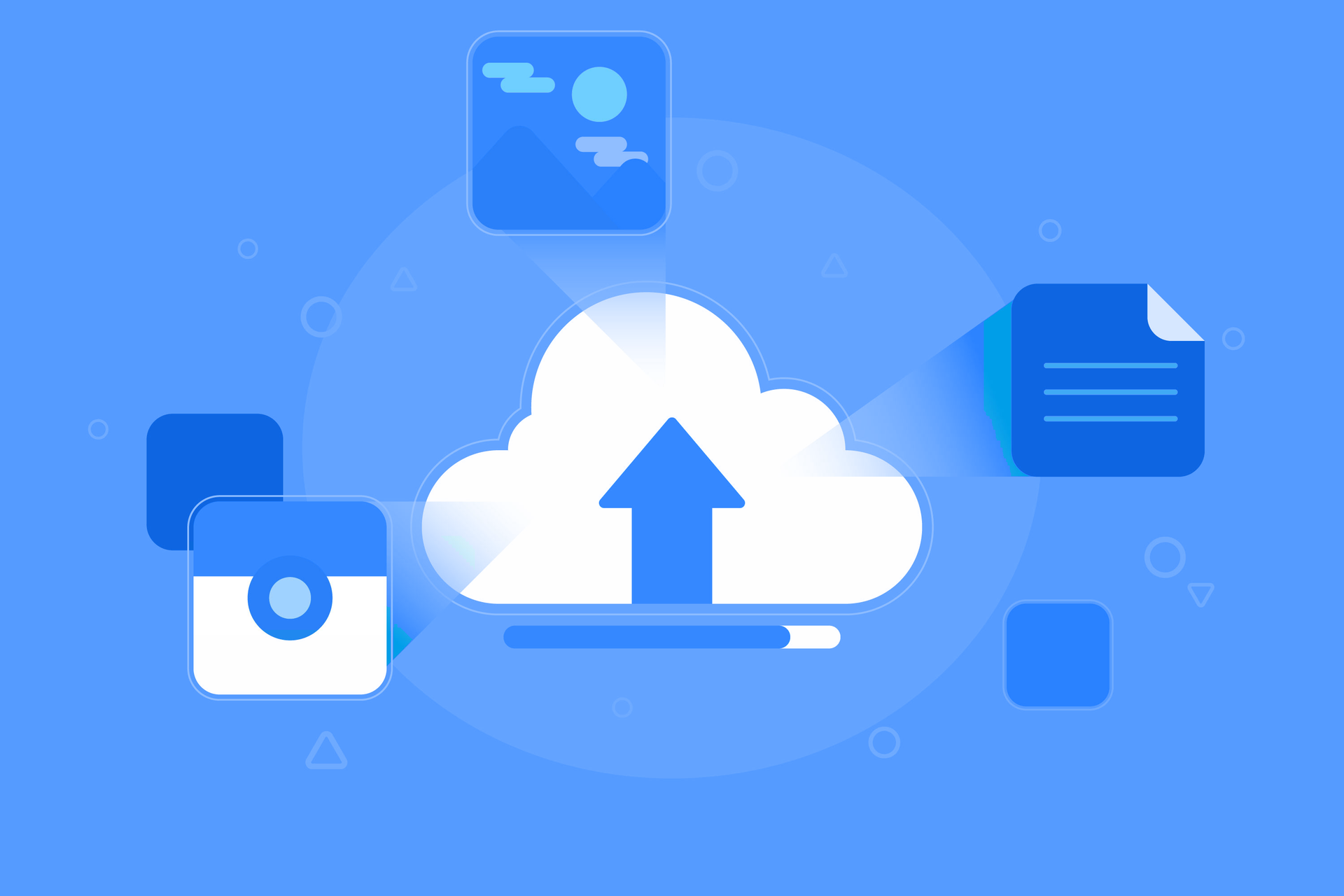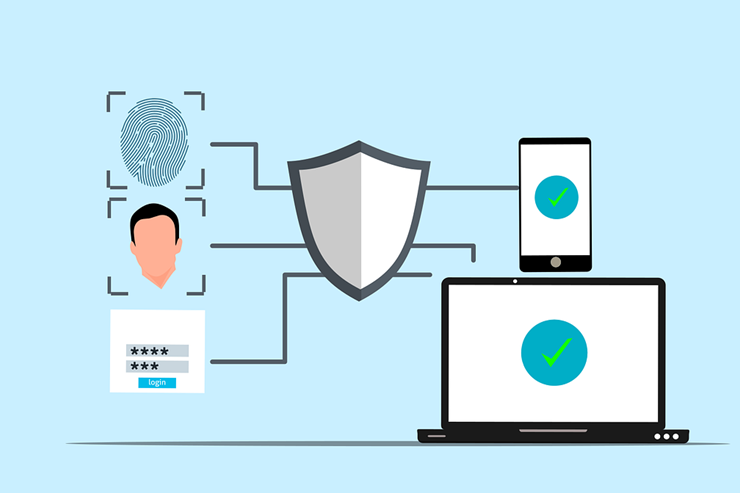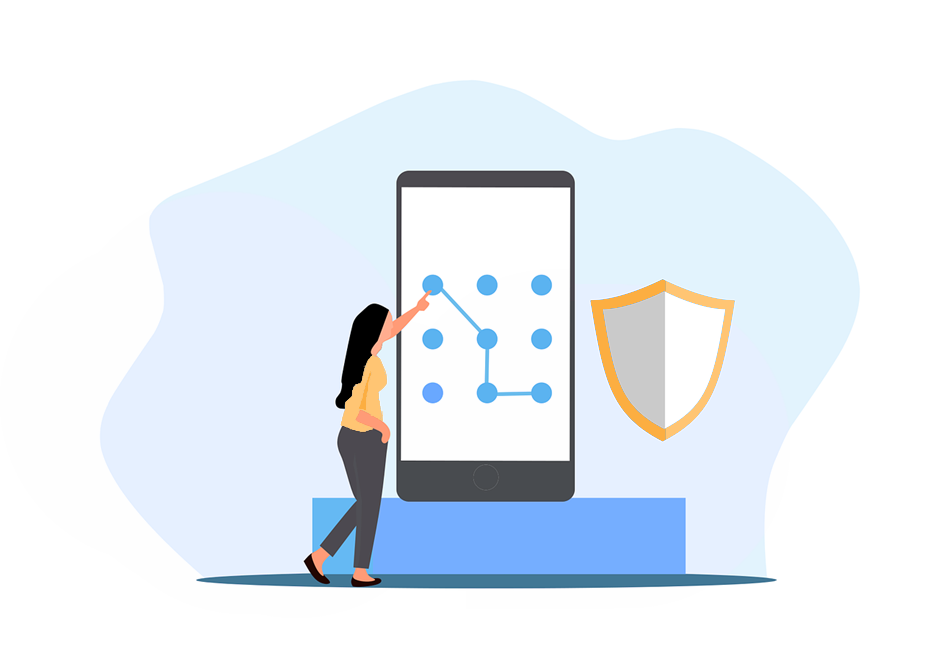How to improve data collection practices
October 9, 2019

As businesses of all sizes continue to adopt more apps and tools, the amount of available data grows exponentially. However, not all of that information is important or even useful. It’s critical that as you collect more data you keep it organized and relevant. The collection process is the best place to start.
Before we jump into our tips for data collection, we have to address the elephant in the room: customer privacy. Despite all the recent regulatory frameworks for protecting people’s private information, there are still a number of opportunities for you to collect data without running afoul of the law. However, honesty is the best business policy. Never ask for a customer’s personal information unless you are absolutely sure that they are aware of the exchange.
With that out of the way, let’s get to it!
1. Collect identifiers
Whether you’re creating an online survey or a signup form, collecting identifying information (i.e. names, date of birth, age, gender, address, etc.) is crucial. This information will form the foundation for future analysis and segmentation.
2. Track customer interactions
Next is to define important customer interactions. For example, if you own an online store, you need to know how your customers arrived at your site, the items they clicked on, items they added to their cart, and what they eventually purchased. Tracking each step of their journey — from learning about your business to becoming a customer — will give you insights into what your customers need and want.
3. Gather behavior-related data
Don't focus solely on customers who made a purchase. Think about what other indicators produce meaningful data. In our online store example, you might want to track how many receive your email newsletter, how many pages they visited on your site, or how much time they spent on each page. Analyzing this information will help you determine which aspects of your efforts are most effective.
4. Automate data collection
When gathering customer data, you must minimize the risk of human error. The most effective strategy is to automate as much of the collection process as possible. Apps and tools such as online forms and optical character recognition systems feed information directly into your database and eliminate paper-centric processes that often lead to mistakes.
5. Integrate your systems
Redundancies and errors are also common when there are multiple databases managing the same information. You can prevent these issues by working with an IT provider to integrate all your apps, databases, and software solutions. This way, data collected in one database will be synced and consistent across other platforms, reducing manual data entry.
6. Consider who will view the reports
Inevitably, you’ll need to turn data into business intelligence reports. It’s a good idea to identify who will read your reports and highlight the most relevant insights. For instance, sales managers want to see quarterly sales figures, and human resources teams want to see labor costs compared to revenue. Using the right tools to generate these reports will save your team several hours of work.
7. Update data in real-time
It’s difficult to imagine any company in operation today that doesn’t need up-to-the-minute data accuracy. Business intelligence dashboards collect, organize, and filter data at the click of a button. This way, you’ll never have to wait a day or more to receive information that’s critical for a company decision.
Looking for technologies that can help you optimize data collection? Call our IT consultants today. We’ll recommend best-of-breed technologies that track the information you need to grow your business.
Published with permission from TechAdvisory.org. Source.

A slow computer or a frozen screen are the worst things that can ruin your day. You've most likely dealt with outdated technology on multiple occasions if you manage a small business. It may seem cost-effective to extend the life of outdated equipment, but the long-term costs are frequently higher. Due to technological issues like sluggish PCs and antiquated laptops, small businesses lose about 98 hours annually, or 12 working days . This is why it's important to have an IT refresh plan. It helps you stay safe, prevents unplanned malfunctions, and keeps your team operating efficiently. Regardless of whether you outsource managed IT services or handle them in-house, a solid refresh strategy can save time, stress, and money down the line.

Does your small business ever feel like it has too much data? This is a fairly typical occurrence. The way small businesses function has changed as a result of the digital world. In addition to customer emails and backups, we now have an overwhelming amount of data to manage, including financial statements, contracts, logs, and employee records. According to a PR Newswire survey, 72% of company executives say they have stopped making decisions because the information is too overwhelming. All of this data can easily become disorganized if improperly handled. By implementing the appropriate data retention policy, effective IT solutions assist. A strong data retention policy keeps your company compliant, organized, and cost-effective. Here's what should be deleted, what should be kept, and why.

Selecting the best cloud storage solution can be similar to being faced with an endless buffet of options, each one claiming to be the best. A poor choice may result in lost revenue, compromised data, or even a snag in productivity. The stakes are extremely high for small business owners. Regardless of your level of experience, we will guide you through this thorough guide to help you choose a cloud storage solution that is specific to your company's needs.

Cyber threats are a daily reality for small businesses navigating an increasingly digital world; they are not merely an abstract concern. Financial and reputational harm can result from ransomware attacks, phishing scams, or unintentional data leaks. In order to reduce the risks, more businesses are using cyber insurance. Not every cyber insurance plan is made equally. Many business owners think their policy covers them, but they discover (too late) that it has significant gaps. We'll explain exactly what is and isn't covered in this blog post, along with how to pick the best cyber insurance plan for your company.

Have you ever questioned how susceptible your company is to online attacks? Nearly 43% of cyberattacks target small businesses , frequently taking advantage of lax security measures, according to recent reports. Multi-Factor Authentication (MFA) is one of the most underutilized yet powerful ways to safeguard your business. Even with your password, hackers will find it much more difficult to obtain access thanks to this additional security measure. The implementation of Multi-Factor Authentication for your small business is explained in this article. Knowing this will enable you to take an important step toward protecting your data and guaranteeing more robust defense against possible cyberattacks.

Managing a small business requires a lot of multitasking. These hats include operations management, customer service, and maintaining order. AI-powered automation is a solution that can reduce the workload. Small business owners can now automate tasks that were previously done by hand thanks to technological advancements that have made these tools more affordable and accessible than before. There's no need to hire a big staff or spend a fortune. AI can manage a large portion of your hectic workload, allowing you to concentrate on more crucial facets of your company. AI can act as your virtual assistant, increasing productivity and simplifying processes, whether you're a small team manager or a solopreneur. This blog post explores how you can automate everyday tasks and free up your time if you want to learn more about how AI can change your company. We'll demonstrate how to use reasonably priced AI tools to reduce repetitive tasks, save time, and increase business efficiency.

In today's digital world, cyber threats are smarter than ever. Weak passwords or old ways of proving who you are can cost people and businesses money, steal their data, or steal their identities. A strong password is the first thing that will keep hackers out, but it's not the only thing that will work. This guide goes over the basics of strong passwords, two-factor authentication, and the best ways to keep your accounts safe. We'll also talk about new ways to check things and things you should never do.

A sophisticated type of cyberattack known as "password spraying" uses weak passwords to acquire unauthorized access to numerous user accounts. This approach focuses on using a single password or a collection of passwords that are frequently used across multiple accounts. The goal is to circumvent standard security protocols, such as account lockouts. Password-heavy attacks are highly effective because they target people and their password management practices, which are the biggest weakness in cybersecurity. This ar ticle will describe how password spraying operates, address how it differs from other brute-force attacks, and go over how to detect and prevent it. We will also discuss how businesses can defend themselves against these threats and examine real-world examples.

What would happen if tomorrow your company lost all its data? Would your operations come to a complete stop, or would you be able to recover? Data, including communications, financial records, product files, and customer information—is the lifeblood of any small business. However, data security is frequently neglected. After a disaster, 25% of small businesses close within a year, and 40% never reopen , according to the Federal Emergency Management Agency (FEMA). That represents an incredible 65% failure rate because of inadequate preparation. The good news is here. An enterprise budget and a dedicated IT staff are not necessary for disaster data protection. You can create a backup and recovery plan that reduces downtime and provides you with peace of mind if you have the right approach, the appropriate tools, and a little forethought. In this blog post, we will discuss practical and easy-to-follow advice to help you protect your most valuable business asset: your data.

